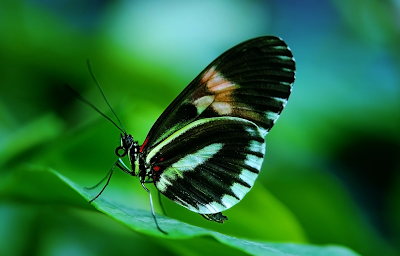
Monster Goldfish Found in Lake Tahoe
A new kind of lake monster has been found, in the depths of Lake Tahoe: gigantic goldfish. Researchers trawling the lake for invasive fish species scooped up a goldfish that was nearly 1.5 feet long and 4.2 pounds.
“During these surveys, we’ve found a nice corner where there’s about 15 other goldfish,” environmental scientist Sudeep Chandra of the University of Nevada, Reno, told LiveScience.
Goldfish are a kind of carp so given plenty of food and room to grow, 1.5 ft. is not monstrous. The sad and surprising take-away from this article is that so many invasive aquatic species get in our lakes and rivers by way of people dumping their aquariums into them. Between 20 percent and 69 percent of fish keepers surveyed in Texas admitted to dumping. And that is just one state.
The EPA estimates the C-Max Energi at 44 mpg city, 41 mpg highway, and 100 mpg equivalent, the last number based on it being driven under electric power. After a week of testing, my fuel economy in the C-Max Energi came to 58.2 mpg.
As that reviewer notes real world conditions and driving style can have a huge impact on your actual mileage. It can go both ways, you might get only the average or you could get 58mpg or even 100 mpg, depending on how many miles you run on just electric. It does get 21 miles on a full charge. So if your round trip commute is 18 miles, you might goes weeks on a few gallons of gas.
Bumblebees sense flowers’ electric fields
“We looked at [existing] literature and realised that the bees were being positively charged when they fly around, and that flowers have a negative potential.
“There’s always this electrical bias around. As a sensory biologist, suddenly I thought: can the bees sense that?” Prof Robert said.
Dominic Clarke, one of the lead authors, designed “fake” electric flowers in a laboratory “flying arena” to prove that electric fields are important floral cues.
When the researchers turned off the electric charge the bees just choose flowers at random. So the electric field is not an absolute essential, it just helps give them clues about which flowers have nectar ready.






You must be logged in to post a comment.